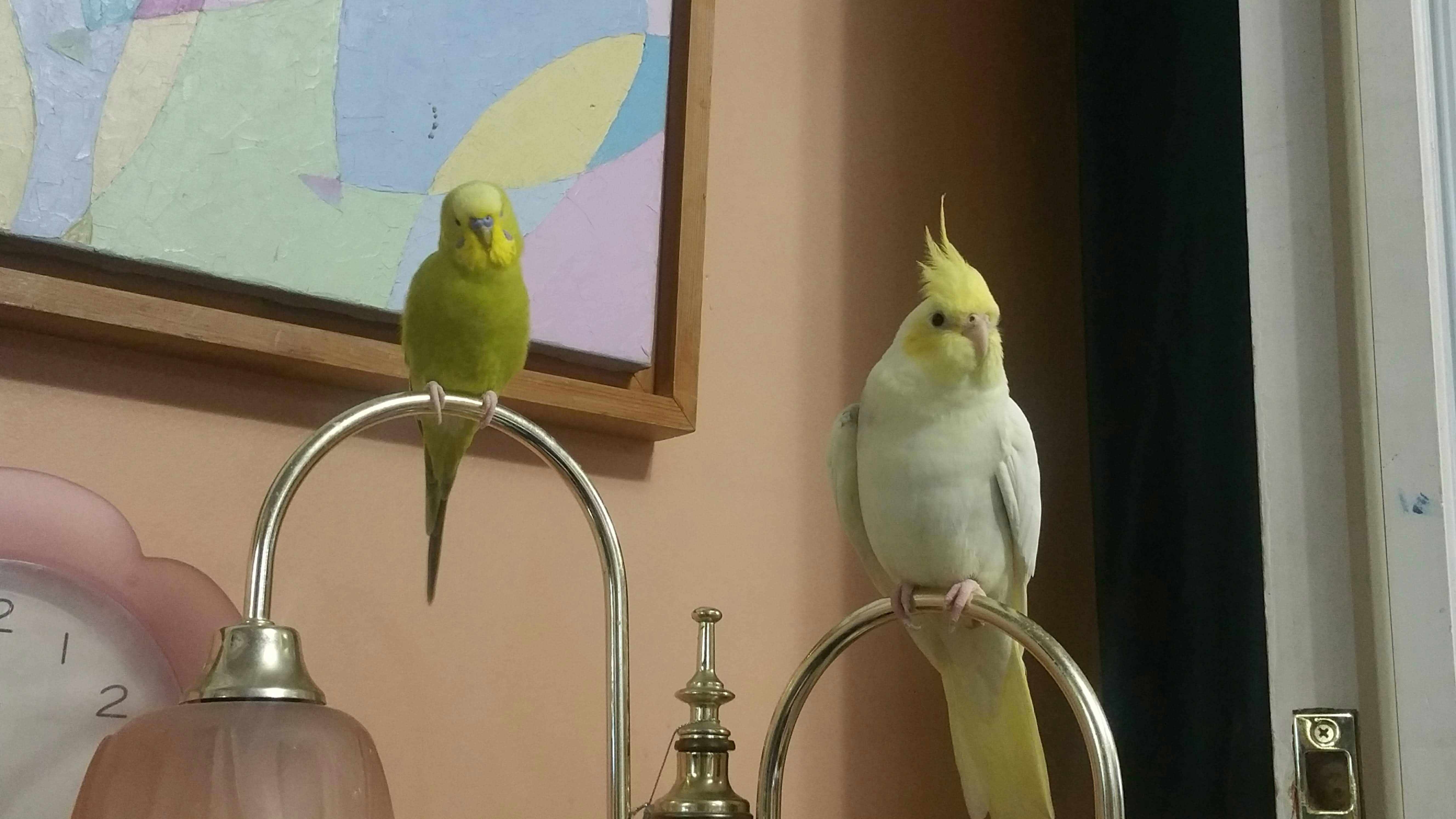To create a blog that ranks highly on Google, it’s essential to combine SEO (Search Engine Optimization) with effective Conversion Rate Optimization (CRO) strategies. The goal is to target both user intent and optimize the content for search engines to drive traffic and engagement. Below is a SEO-optimized and CRO-focused blog post for pet bird owners who have lost their pet bird.
What To Do If You’ve Lost Your Pet Bird: A Complete Guide for Bird Owners
Losing a pet bird can be an incredibly distressing experience. Birds are often small, fast, and difficult to track, which can make them seem impossible to find once they’ve escaped. But don’t panic! In this guide, we’ll walk you through the essential steps you should take immediately to maximize your chances of finding your lost bird. Whether you have a parrot, cockatiel, budgie, or canary, this post will help you stay calm and organized during this stressful time.
1. Stay Calm and Act Quickly: Time Is Critical
The first thing you need to do when you realize your pet bird is missing is to stay calm. While it’s natural to panic, taking quick and deliberate action is key to increasing the chances of bringing your pet home.
Key Action Items:
-
Search Immediately: Start looking for your bird around your home. Birds often stay close to their original location when they escape.
-
Check Doors and Windows: Birds can easily fly through an open door or window. Check the areas around your house thoroughly.
-
Look Up: Birds are often found perched in high places like trees, gutters, and roofs. Check the skies as well!
2. Spread the Word: Use Social Media and Local Resources
Once you’ve done a preliminary search, it’s time to spread the word. The sooner people know your bird is missing, the more likely someone will spot your pet.
Key Action Items:
-
Post on Social Media: Platforms like Facebook, Instagram, and Twitter have local pet groups where you can post about your missing bird. Include clear photos and a description.
-
Contact Local Animal Shelters: Call or visit local shelters to see if your bird has been brought in. Many shelters are on high alert for missing pets.
-
Flyer Campaign: Create and print flyers with a photo, description, and your contact info. Post them in places like community centers, pet stores, and around your neighborhood.
3. Use Bird Calls and Sounds to Lure Your Pet Back
Birds are incredibly sensitive to sound, and familiar sounds can attract them. If your bird is used to a certain call, music, or phrase, using these sounds could draw it back home.
Key Action Items:
-
Mimic Your Bird’s Calls: If your bird is a parrot or has a favorite sound, try repeating it loudly outside.
-
Play Recordings: Some owners have successfully lured their lost bird back home by playing recordings of the bird’s calls or their favorite music.
4. Contact a Professional: Pet Recovery Services and Bird Trainers
In some cases, a professional bird recovery service or avian behaviorist can be invaluable in locating your lost pet. These experts have the experience and tools to track down escaped birds, particularly if they’re perched somewhere high.
Key Action Items:
-
Pet Recovery Services: Some areas offer professional pet recovery services that use advanced tracking methods.
-
Bird Trainers: Contact a bird trainer who can help you with behavior techniques to attract your bird back home.
5. Prevent Future Escapes: Keep Your Bird Safe at Home
Once your pet bird is back safely (or to prevent future escapes), it’s crucial to ensure your home environment is safe and secure.
Key Action Items:
-
Secure Windows and Doors: Install screens or mesh netting to prevent your bird from flying out.
-
Create a Safe Zone: Consider building an enclosed outdoor aviary or a bird-safe space within your home to give your bird more freedom to fly without the risk of escape.
6. Conclusion: How to Cope With Losing a Pet Bird
Losing a pet bird is a traumatic experience, but the most important thing is to act quickly, spread the word, and utilize available resources. Remember, birds are highly intelligent creatures and often return to familiar places if given the opportunity.
If your bird has not been found yet, keep hope alive and keep looking. Many bird owners have been reunited with their lost pets after days, weeks, or even months. Your persistence and determination could be the key to bringing your pet back home.
Note: If you’ve found this guide helpful, please share it with fellow bird lovers. For more tips on bird care, safety, and behavior, sign up for our Newsletter to stay informed and keep your feathered friends safe!



Share:
Why Does My Dog Keep Running Away? And How to Stop It for Good
Essential Tips for Enjoying Rainy Walks with Your Dog